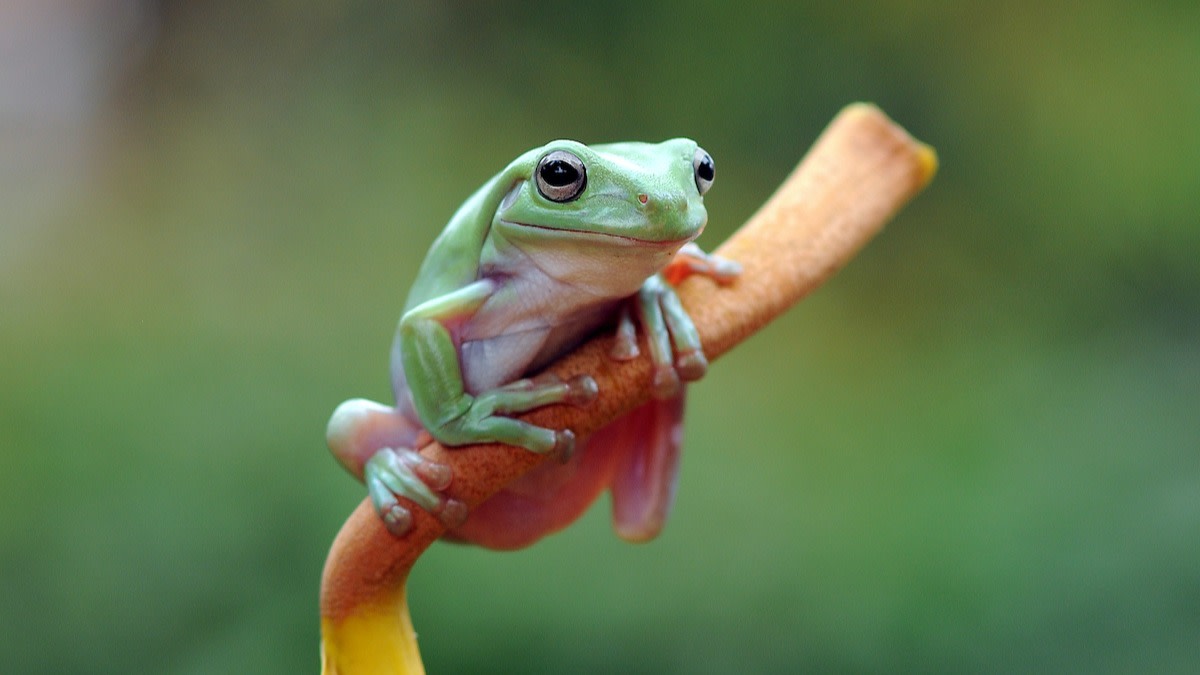Indicator Species Explained: 5 Indicator Species Examples
Written by MasterClass
Last updated: Jun 8, 2022 • 2 min read
Indicator species are plants and animals that serve as focal points for researchers to understand the effects of climate change and pollution on specific ecosystems. Learn more about what information experts glean from indicator species.
Learn From the Best
What Is an Indicator Species?
An indicator species, or bioindicator, is a plant or animal group whose population reflects the environmental health of an ecosystem. A good indicator species can provide ecology researchers with biotic data which can shed light on current environmental conditions. Environmental scientists can use this data to accurately model climate change and address imbalanced food webs in fragile ecosystems.
5 Types of Indicator Species
Indicator species, or biological indicators, are living organisms that rely on ecosystem health to thrive and reproduce. Scientists study these organisms to gather data on environmental changes. Here are five examples of indicator species:
- 1. Amphibians: Freshwater frogs and toads have exceptionally permeable skin, which enables these amphibious species to provide an early warning of decreased water quality and changes in environmental conditions.
- 2. Crustaceans: Ecologists test fish and shellfish for heavy metals, pesticides, and plastics to gauge the effects of agricultural runoff and other water pollution issues. Crustaceans can also provide researchers with indications of the alkalinity or acidity of large bodies of water.
- 3. Lichens: Mosses and lichens in old-growth forests—for example, in the Pacific Northwest region of North America—can be some of the best ecological indicators of water and air pollution in temperate forest ecoregions.
- 4. Macroinvertebrates: Very small animals like microorganisms and macroinvertebrates can provide researchers with a detailed picture of ecosystem health in waterways and sediment. These organisms can provide researchers with extensive data if several species cohabitate in a compact biosphere.
- 5. Wetland mammals: Manatees, river otters, and beavers are examples of species that typically live in fragile wetland ecosystems, which have some of the best biodiversity on the planet. The population size, reproduction rates, and general health of bioindicator species in wetland areas can provide scientists with a clear picture of degenerating habitats.
How Do Scientists Use Indicator Species?
Scientists at the Environmental Protection Agency (EPA) and experts in other research groups that study biomonitors use indicator species to gather data and formulate case studies or models of specific environments.
Since keystone species are more sensitive to climate change, studying them provides researchers with the comprehensive data needed to advise society on necessary changes. These recommendations could help populations make changes before it is too late for endangered species like the spotted owl or the African elephant, whose numbers are threatened.
Learn More
Get the MasterClass Annual Membership for exclusive access to video lessons taught by masters, including Jane Goodall, Bill Nye, Neil deGrasse Tyson, Paul Krugman, and more.
